Short decorative grasses can transform any garden into a vibrant and lively space. Their versatility, ease of care, and aesthetic appeal make them a favorite choice among gardeners. Based on my personal experiences, I can genuinely say that incorporating these plants into your landscape can enhance its beauty and complexity. In this comprehensive guide, we’ll explore everything you need to know about short decorative grasses, from types and care to design tips and FAQs.
What Are Short Decorative Grasses?
Short decorative grasses are a category of plants that are typically under two feet in height. They are known for their ornamental value and are often used in landscaping to add texture, color, and movement to garden spaces. They thrive in various environments and can be used in borders, containers, or as ground covers.
Why Choose Short Decorative Grasses?
There are several compelling reasons to consider short decorative grasses for your garden:
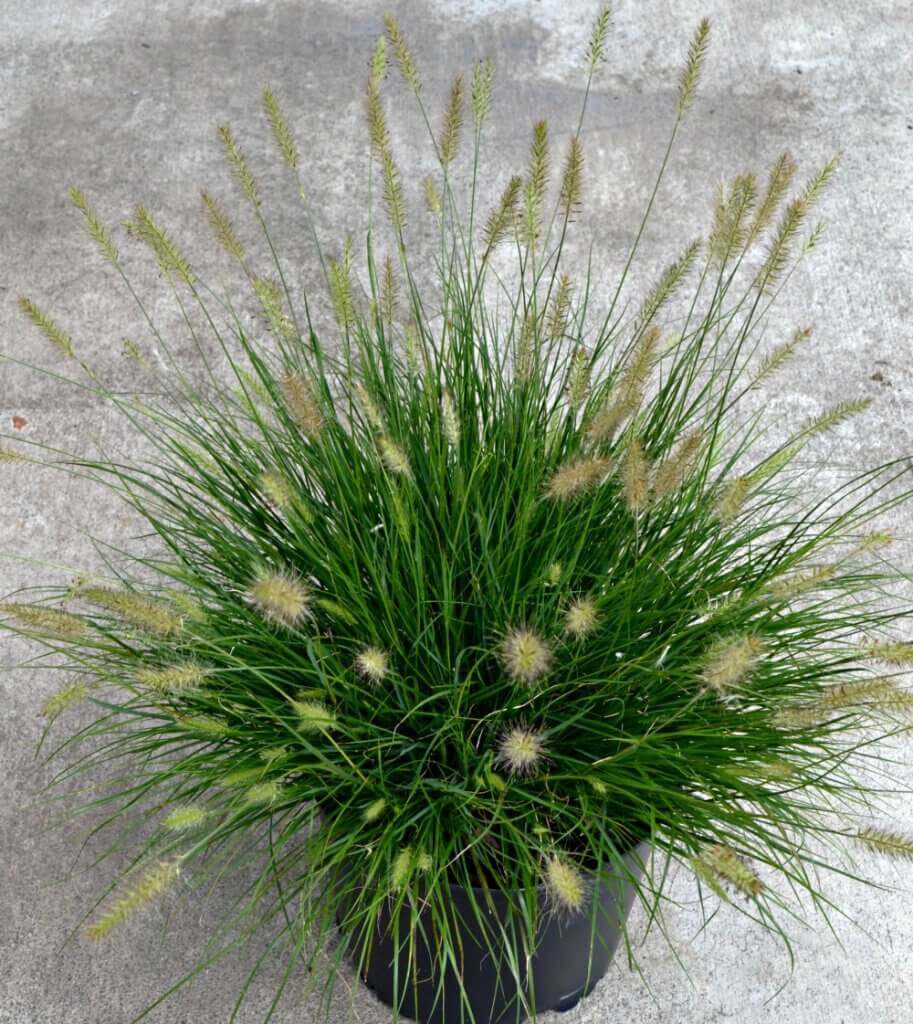
- Low Maintenance: Once established, many ornamental grasses require minimal care.
- Versatility: They can fit into a variety of garden styles, from contemporary to rustic.
- Seasonal Interest: Many grasses provide visual interest year-round, with unique seed heads and fall colors.
- Wildlife Benefits: These plants can attract pollinators and provide shelter for birds.
Types of Short Decorative Grasses
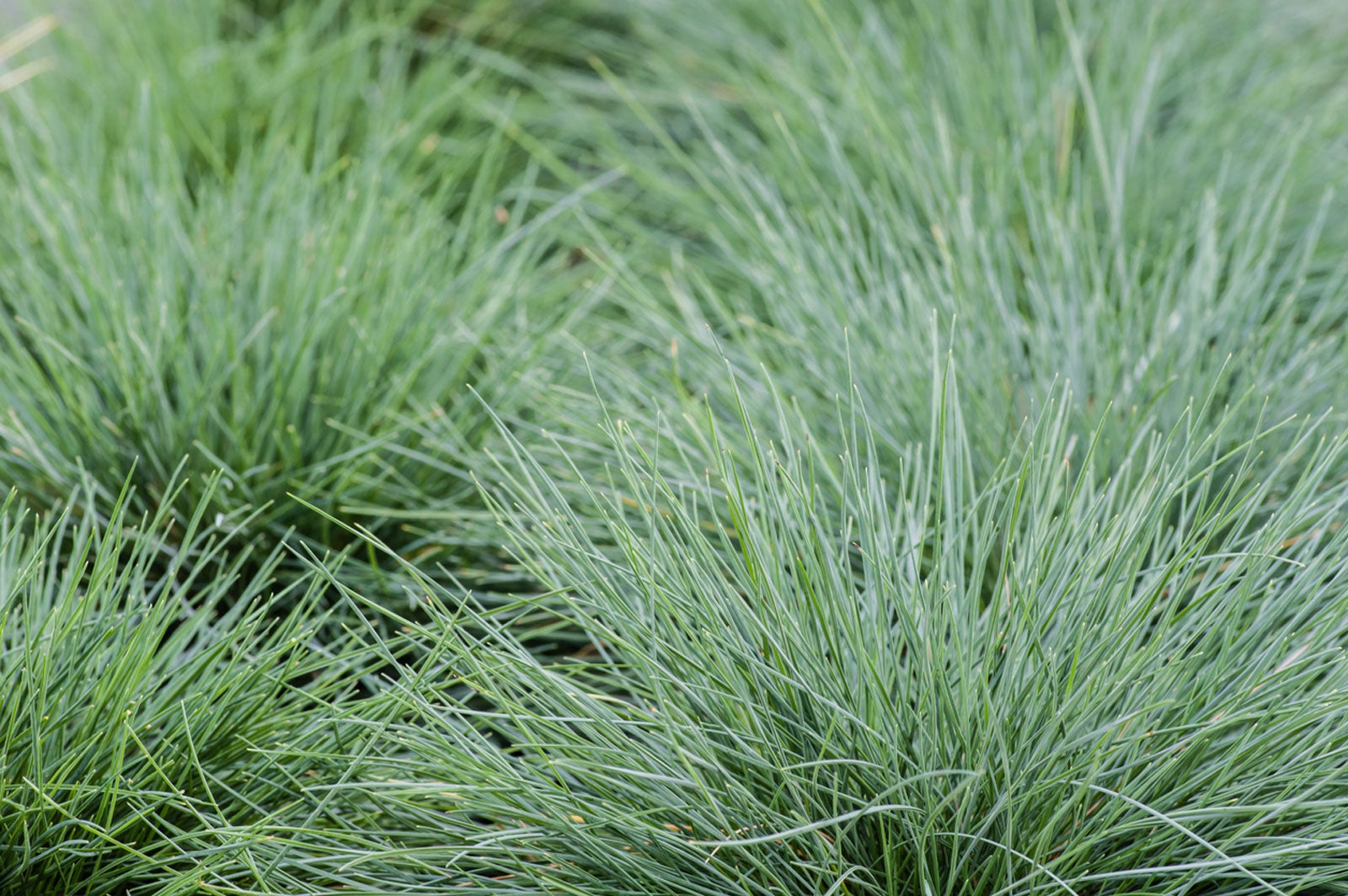
Let’s delve into some popular types of short decorative grasses that can enhance your garden:
1. Blue Fescue (Festuca glauca)

This compact grass is renowned for its striking blue-gray foliage. Typically reaching heights of 12 to 18 inches, Blue Fescue is perfect for borders and rock gardens.
Pros and Cons
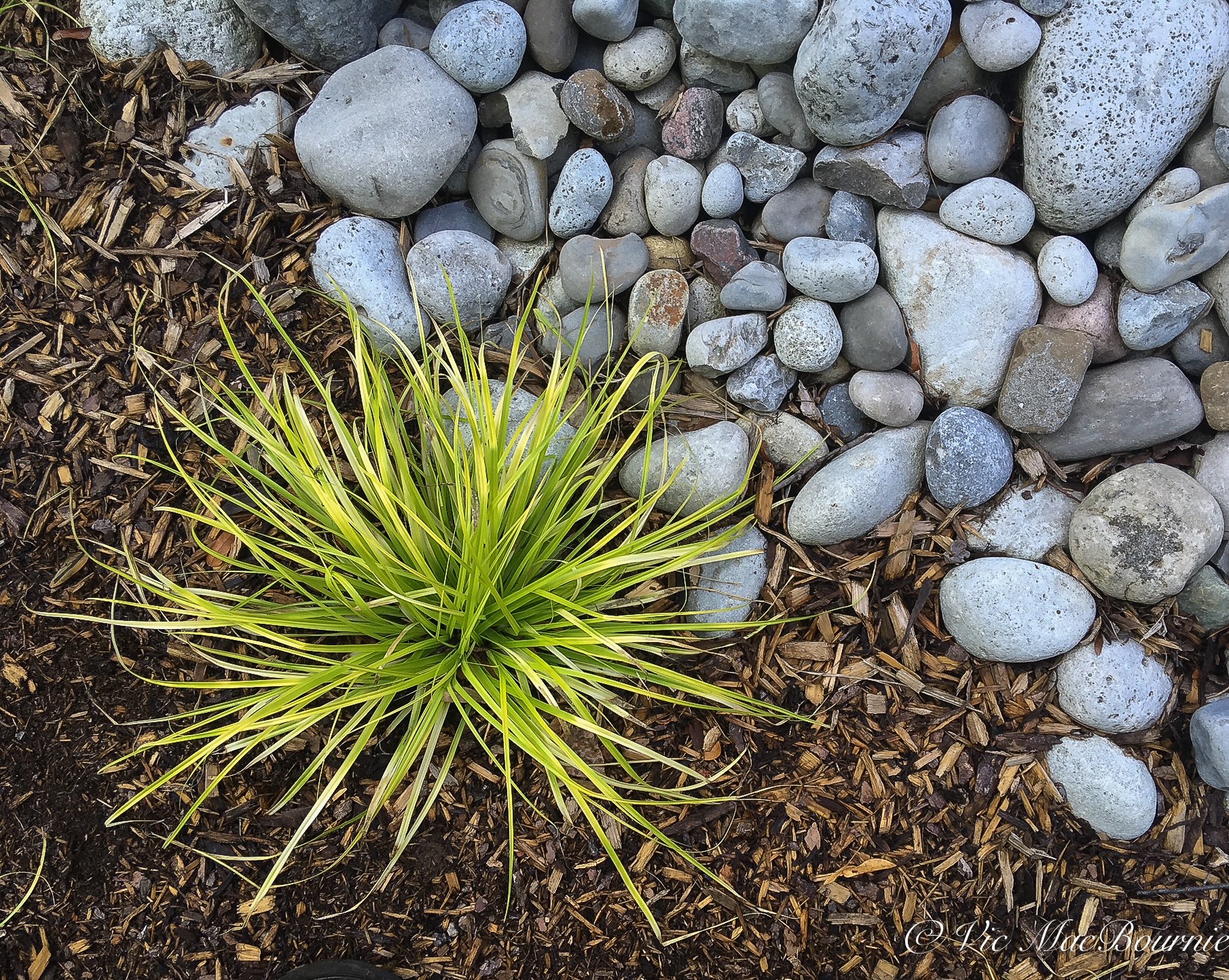
| Pros | Cons |
|---|---|
| Unique color | Can become floppy if overwatered |
| Low maintenance | May die back in extreme winters |
2. Dwarf Fountain Grass (Pennisetum alopecuroides ‘Hameln’)
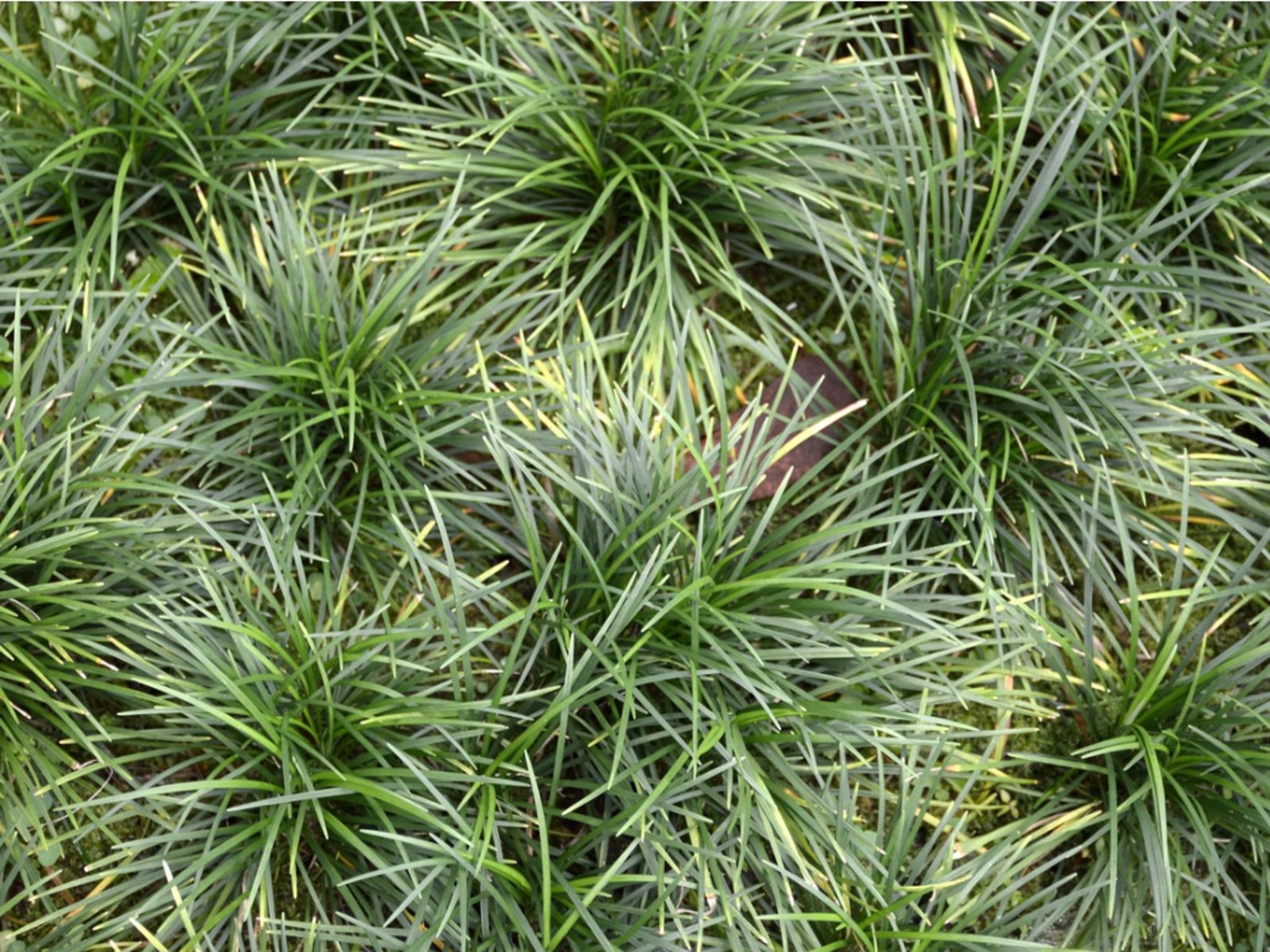
This grass features lovely, feathery plumes that can reach 2 feet tall, though it can be kept shorter with proper pruning. It adds a soft texture to any landscape.
Pros and Cons
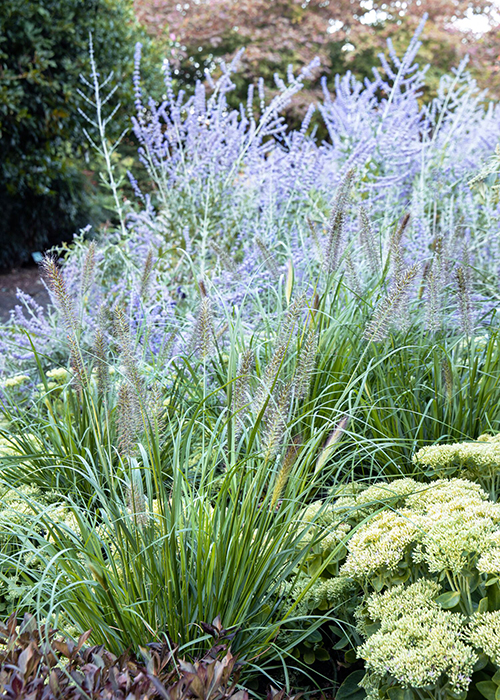
| Pros | Cons |
|---|---|
| Attractive plumes | Needs regular watering |
| Graceful appearance | Can spread if not contained |
3. Japanese Forest Grass (Hakonechloa macra)

This lush grass is perfect for shaded areas and features arching green foliage that turns golden in autumn. It grows to about 12 to 18 inches tall.
Pros and Cons
| Pros | Cons |
|---|---|
| Great for shady spots | Can be slow to establish |
| Unique texture | May need protection in colder climates |
4. Carex (Sedge)
This versatile grass comes in various species and can thrive in different environments. They typically grow up to 12 to 24 inches tall and offer a lush green appearance.
Pros and Cons
| Pros | Cons |
|---|---|
| Very tolerant of wet conditions | Some species can be invasive |
| Variety of colors and textures | Needs regular division |
How to Care for Short Decorative Grasses
Caring for short decorative grasses is relatively straightforward, but it’s essential to understand their specific needs for optimal growth.
Watering
Most short decorative grasses prefer well-drained soil. Water them regularly during hot, dry spells to maintain healthy growth. Overwatering can lead to root rot, especially in species like Blue Fescue.
Fertilizing
While many grasses do well in average soil, applying a balanced fertilizer in early spring can encourage bushier growth. Avoid over-fertilization, as this can lead to excessive leaf growth at the expense of flowers.
Pruning
Pruning is generally required once a year before new growth begins in spring. Cut back dead foliage to promote fresh growth and maintain a tidy appearance.
Designing Your Garden with Short Decorative Grasses
Incorporating short decorative grasses into your garden can enhance visual dynamics and provide structure. Here are several design ideas:
1. Borders and Edges
Use short grasses as borders for flower beds to create a textural contrast with perennial flowers. Their soft and flowing appearance can soften the edges of pathways.
2. Container Planting
Mix short grasses with flowering plants in containers for a dynamic display. Their graceful movement adds visual interest and can highlight the color of other plants.
3. Ground Cover
Some short grasses can be used as ground covers, providing a lush green carpet that suppresses weeds and adds a natural look to your landscape.
Short Decorative Grasses: Pros and Cons
Pros
- Add aesthetic appeal with diverse colors and textures.
- Require minimal maintenance once established.
- Can thrive in various conditions, including drought and shade.
Cons
- Some species can be invasive or spread aggressively.
- May require specific care depending on the variety.
FAQs About Short Decorative Grasses
What are the best short decorative grasses for full sun?
Some of the best options include Blue Fescue, Dwarf Fountain Grass, and Little Bluestem, all of which thrive in full sun environments.
How often should I water my ornamental grasses?
Water your ornamental grasses during dry spells, typically once a week. However, check the soil moisture, as some species prefer drier conditions.
Can I plant short decorative grasses in containers?
Absolutely! Many short grasses thrive in containers, allowing you to create beautiful arrangements for patios and balconies.
When should I prune my short decorative grasses?
Pruning is best done in late winter or early spring before new growth emerges. This helps to maintain a tidy appearance and encourages healthy growth.
How do I prevent my grasses from becoming invasive?
Regularly divide aggressive species and plant them in containers or raised beds to keep them contained. Monitoring their growth and controlling their spread can help maintain balance in your garden.
Conclusion
Short decorative grasses are an incredible addition to any garden, offering low maintenance, versatility, and year-round interest. With their unique textures and colors, they can transform your landscape into a picturesque haven. Whether you’re a seasoned gardener or a beginner looking to enhance your outdoor space, I encourage you to explore the beauty of short decorative grasses.
So, what are you waiting for? Get planting, and watch your garden flourish!